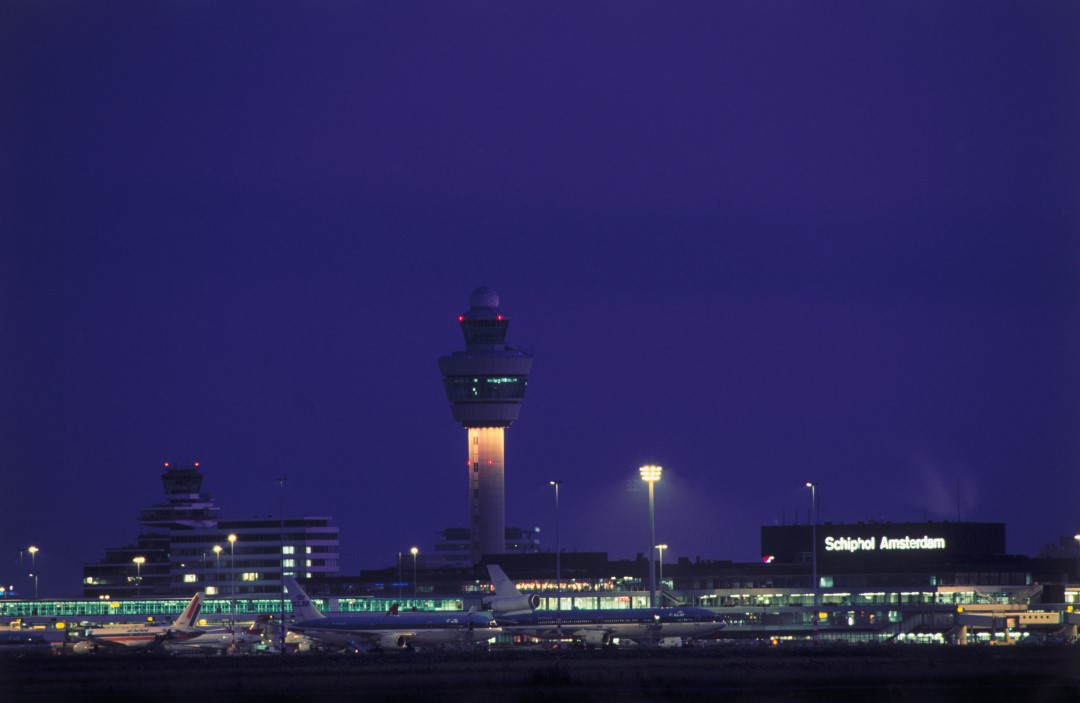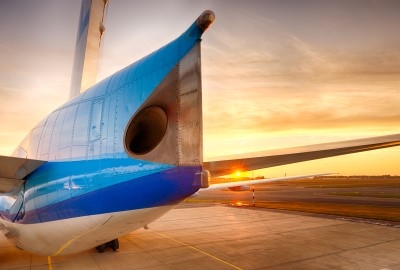“Airports to play major part in aviation decarbonisation”
Airports can and should lead the way in driving greater sustainability across the aviation sector, to decarbonize aviation. This is the opinion of Gloria Guevara, the head of a new organization, the Sustainable Tourism Global Center (STGC).
There is a lot going on in the global sustainable aviation arena. Airlines are acquiring next-generation, more eco-friendly aircraft. Manufacturers are investing in developing all-electric, supersonic, hydrogen aircraft and new technologies that could reduce CO2 emissions. According to Gloria Guevara, airports also have important work ahead. In an interview with Simple Flying, she stated that airports have the opportunity to move the aviation industry towards its goal of achieving net zero by 2050.

Taking responsibility
Mrs. Guevara is an advocate of airports taking their responsibility in making aviation more sustainable. Airports should adapt to new models of transportation centered around sustainable public transport and car-sharing models.
“Airports should use their position at the nucleus of the aviation industry to drive progress towards net zero. They should work with the public sector to bring benefits to the environment and local communities while embracing new technologies that have the potential to revolutionize the airport experience for workers and travelers, laying the foundations for a future of air travel that is faster, simpler, and greener.”
Multiple paths
According to Mrs. Guevara, there are multiple paths and levers to achieve this goal, including among others the development of SAF and the use of Lower Carbon Aviation Fuels (LCAF). Airports can provide the critical infrastructure to enable the blending of waste-derived aviation fuels with conventional jet fuels to reduce emissions and ensure compliance with upcoming regulations. In light of this, leading airports are engaging with SAF stakeholders to secure production close to their sites, with the share of SAF in blends anticipated to rise over the next 20 years.


